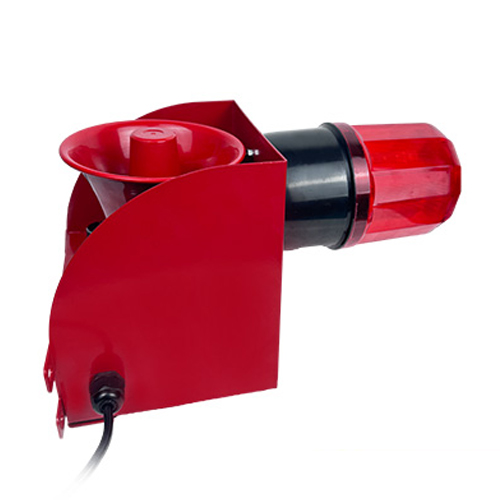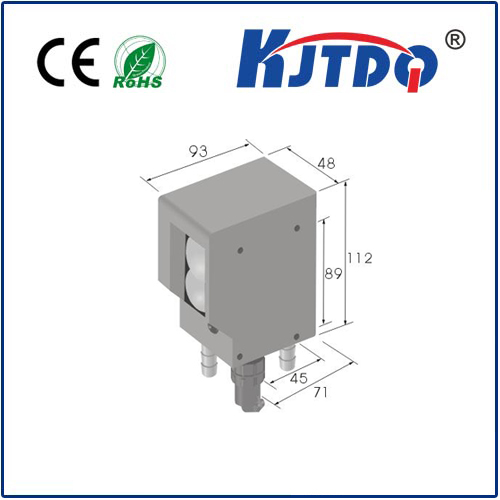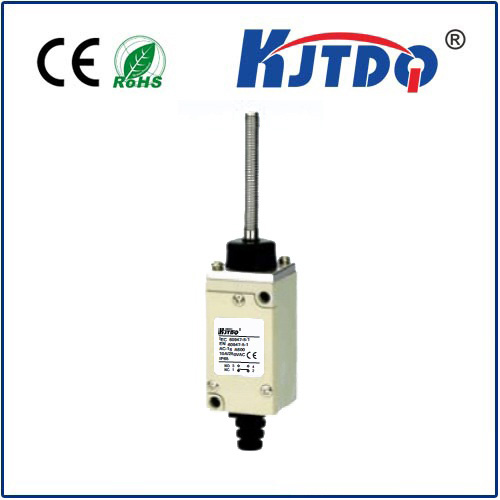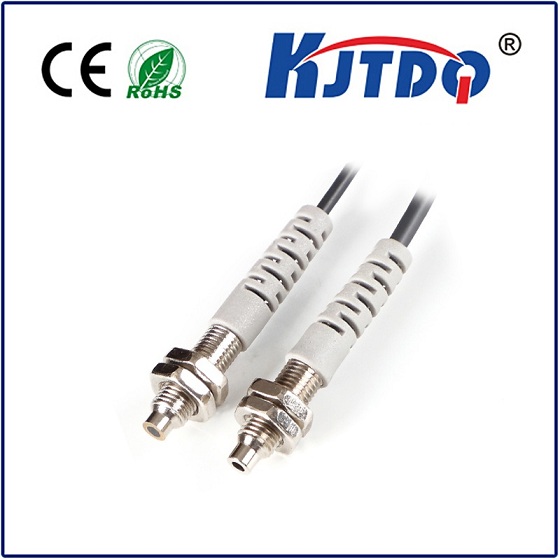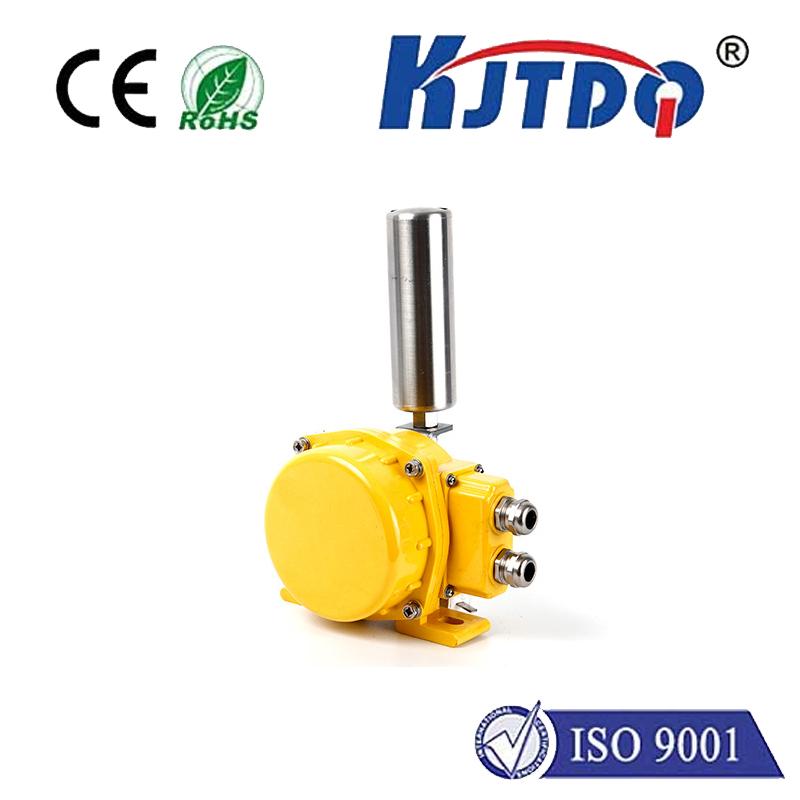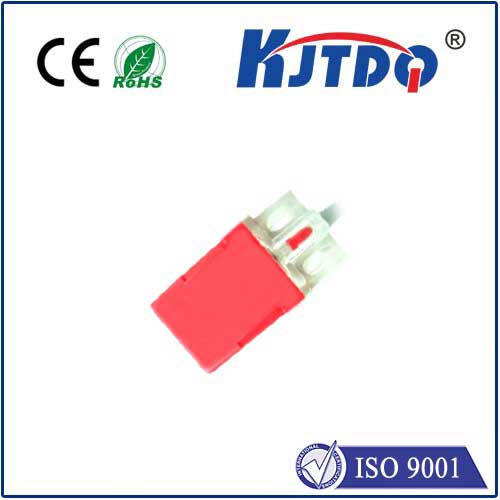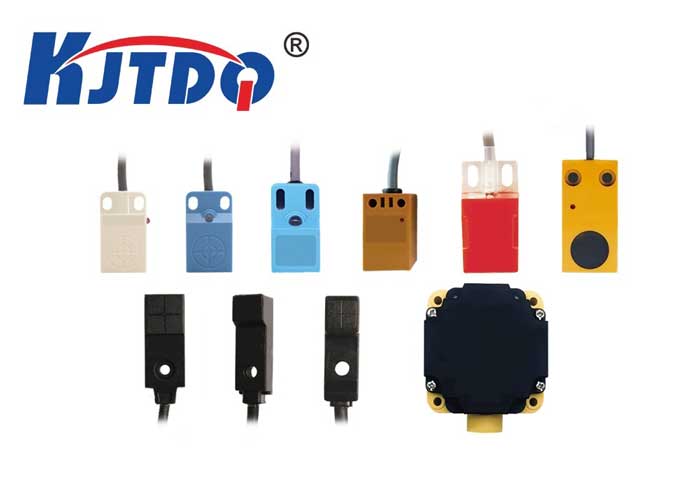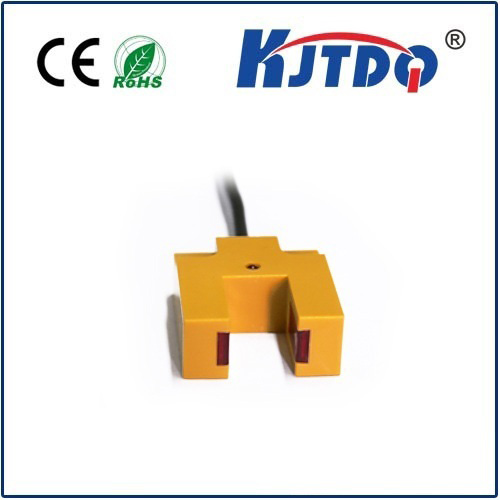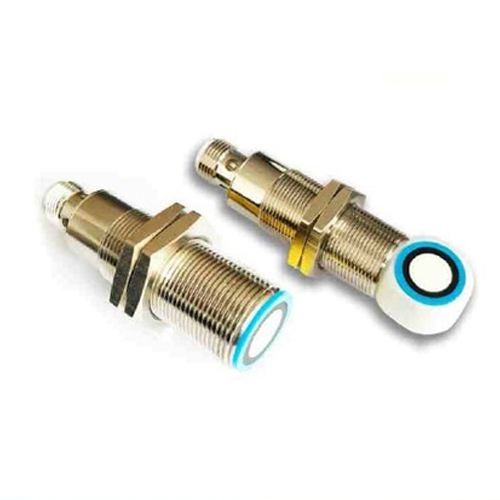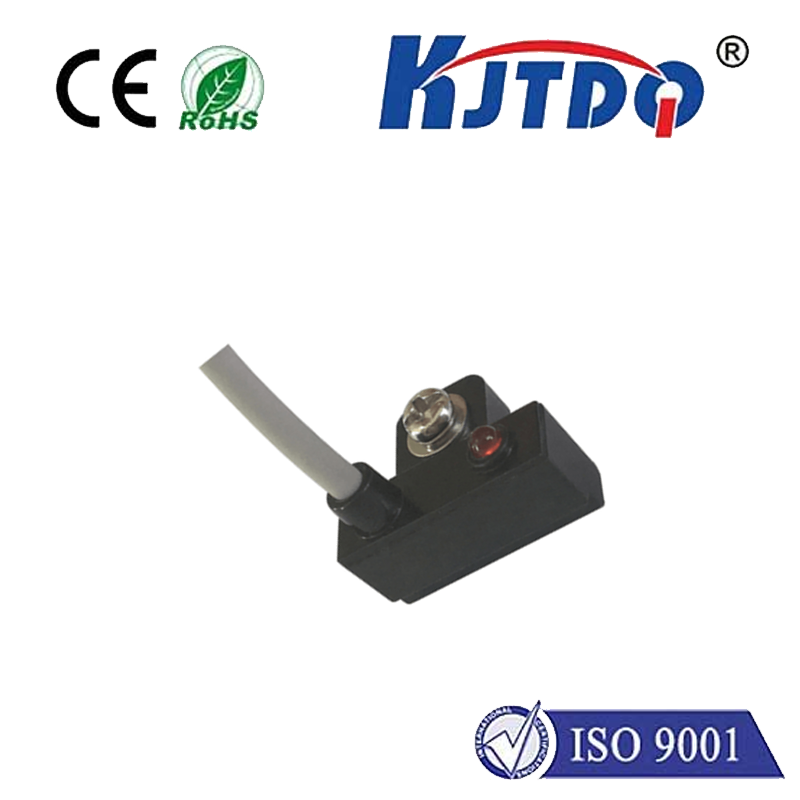

check

check

check

check

check

check

check

check

check

check
Title: The Role of CNC Limit Switches in Precision Machinery
Precision machinery is a critical component of modern manufacturing, and one technology that plays a crucial role is Computer Numerical Control (CNC). Within the realm of CNC machinery, limit switches are an essential element for ensuring accuracy, safety, and reliability during operation. This article explores the significance of CNC limit switches and their impact on various industrial applications.
What are CNC Limit Switches?
At its core, a CNC limit switch is an electronic component used to detect the presence or absence of an object or to measure the mechanical limits of motion within a CNC machine. These switches send signals to the control system when a machine's axis has reached its programmed endpoint, effectively defining the operational boundaries of the equipment.
Types of CNC Limit Switches

There are generally two types of limit switches employed in CNC systems: hard and soft limit switches. Hard limit switches are physical mechanisms that prevent damage by physically stopping a machine's movement if it travels beyond its designated range. Conversely, soft limit switches are programmable and use software parameters to define the machine's limits, relying on the CNC system's controls to halt the machinery.
Importance of Accurate Limit Detection
The accurate detection of limits is vital because it ensures that CNC machines do not exceed their safe operating parameters. This precision helps to avoid potentially damaging collisions between moving parts or with the workpiece itself, which could lead to costly repairs or downtime.
Safety Implications
In addition to maintaining precision, CNC limit switches contribute significantly to workplace safety. They help create a controlled environment by preventing unexpected or uncontrolled movements that could put operators at risk. By acting as fail-safe devices, limit switches enable emergency stops when needed, protecting both personnel and equipment.
Maintenance and Reliability
Regular maintenance of CNC limit switches is necessary to guarantee their proper function over time. Wear and tear can cause misalignment or failure to trip, which can lead to errors in positioning or dangerous situations where the machine may operate outside its intended bounds. Consistent checks and upkeep ensure that these components perform reliably, preserving the overall integrity of the CNC operation.
Applications Across Industries
The utilization of CNC limit switches is not limited to a single industry; they play a critical role in sectors such as automotive, aerospace, construction, and heavy machinery. From controlling cutting paths in machining centers to defining the working envelope of robotic arms, CNC limit switches are foundational to enhancing automation and efficiency across a wide range of manufacturing processes.
Conclusion
CNC limit switches are more than simple components in a complex machine; they are integral to achieving high levels of accuracy, reliability, and safety in CNC operations. As technology evolves, so too will the design and capabilities of limit switches, further contributing to the advancement of precision manufacturing techniques. For those who work with or depend on CNC machinery, understanding the importance of these switches is paramount to maximizing productivity and safeguarding against potential issues.
